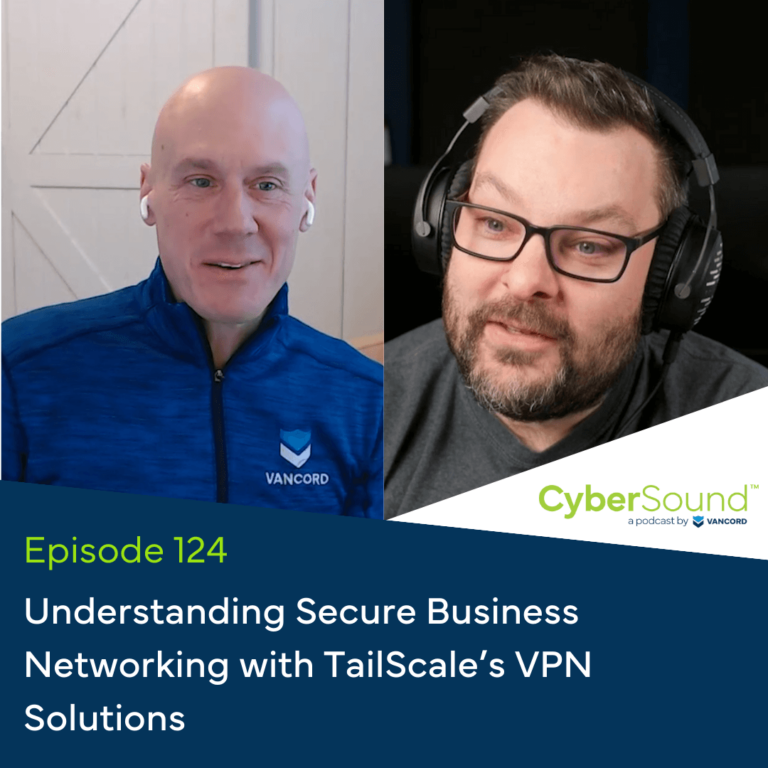As hackers’ strategies and business operations become more complex, it is critical to know the most common cybersecurity threats facing your business and how to protect against them.
Below are the most common cyber attacks threatening businesses.
Phishing cybersecurity threats against businesses
In a phishing scam, cybercriminals will try to get their target to perform a particular action, such as clicking a link in an email or downloading a file. Acquiring sensitive information from the victim is another way hackers phish for important data they can exploit for financial gain. Once the victim provides the information, or performs the action, the hacker can get inside a network or otherwise benefit from the information given.
Today’s phishing scams are far more sophisticated than yesterday’s Nigerian prince schemes. Instead of sending out mass messages with a generic plea to random people, hackers send highly targeted messages to people they’ve specifically singled out for the scam. The messages are crafted to look and sound like they’re from a person or organization the target trusts.
How can you prevent phishing scams from compromising your business? The most important first step is educating your employees on how to recognize cybersecurity red flags. You’ll also want to consider arming your cybersecurity system with programs that can identify suspicious activity before the network is breached.
Denial of Service (DOS) cyberattacks
DOS attacks against businesses are one of the oldest cybercrime techniques. In a DOS attack, hackers deny network service to a user through one of two ways:
- Flooding — The system is purposefully overloaded, so it’s too slow to use.
- Specially-crafted data — In this method, specialized data is sent to the network and triggers an error in the system so it can’t function.
In both scenarios, a business’s network is held hostage until the organization pays the criminals a fee to regain access to the network. Monitoring network security helps companies keep on top of potential threats before hackers can gain access to a system and hold it hostage.
Ransomware
Ransomware is similar to a DOS attack, in that the victim has to pay a hacker to regain use of the network. But in a ransomware attack, a type of malware is used to collect and encrypt a network’s devices and data, so authorized users cannot even access the system until they pay the hacker’s ransom.
Unfortunately, there’s no honor among thieves. Paying ransom won’t always result in the hacker restoring system access. In some cases, they simply take the money and run, causing extreme disruption and even sometimes causing the collapse of an enterprise.
Ransomware attacks are some of the most costly and dangerous cybersecurity threats facing businesses of all sizes and in all industries. Not only are companies impacted in ransomware attacks, but clients or customers may also be affected if they are using an organization’s network.
The bottom line
Protecting your business from costly cyber attacks is crucial to its health and ultimate success. Continuous monitoring, employee education, security assessments, and incident response readiness are all critical for protecting your organization from hackers and cybercrime. Our cybersecurity professionals can assist you in reaching your security infrastructure goals. Contact us today to request a consultation.

